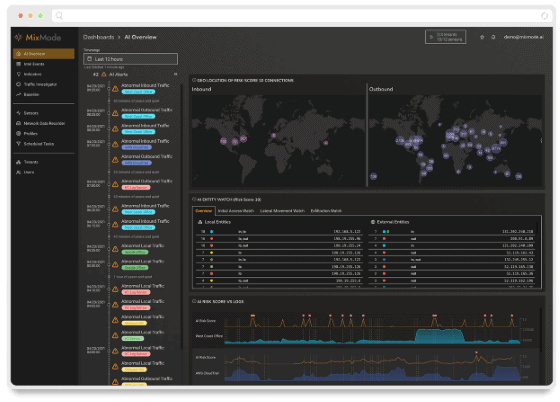Russian Hack of U.S. Federal Agencies Shine Spotlight on SIEM Failures in Cybersecurity
In what the New York Times is calling, “One of the most sophisticated and perhaps largest hacks in more than five years,” malicious adversaries acting on behalf of a foreign government, likely Russian, broke into the email systems of multiple U.S. Federal agencies including the Treasury and Commerce Departments.
Russian Hack of U.S. Federal Agencies Shine Spotlight on SIEM Failures in Cybersecurity Read More →




















